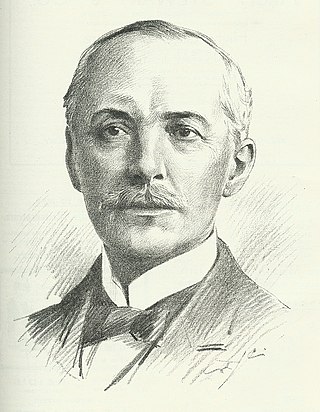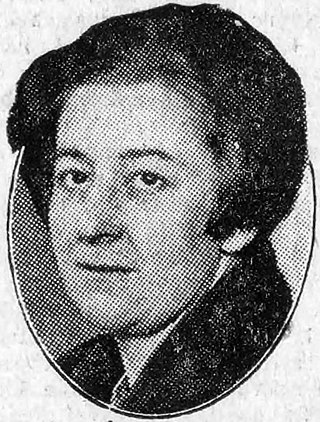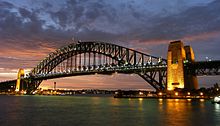
The Royal Shakespeare Theatre (RST) is a Grade II* listed 1,040+ seat thrust stage theatre owned by the Royal Shakespeare Company dedicated to the English playwright and poet William Shakespeare. It is located in the town of Stratford-upon-Avon – Shakespeare's birthplace – in the English Midlands, beside the River Avon. The building incorporates the smaller Swan Theatre. The Royal Shakespeare and Swan Theatres re-opened in November 2010 after undergoing a major renovation known as the Transformation Project.
The year 1930 in architecture involved some significant events.
The year 1933 in architecture involved some significant architectural events and new buildings.
The year 1969 in architecture involved some significant architectural events and new buildings.
The year 1928 in architecture involved some significant architectural events and new buildings.
The year 2001 in architecture involved some significant architectural events and new buildings.
The year 1966 in architecture involved some significant architectural events and new buildings.
The year 1972 in architecture involved some significant architectural events and new buildings.
The year 1914 in architecture involved some significant events.
The year 1923 in architecture involved some significant architectural events and new buildings.
The year 1960 in architecture involved some significant architectural events and new buildings.
The year 1938 in architecture involved some significant events.
Arup is a British multinational professional services firm headquartered in London that provides design, engineering, architecture, planning, and advisory services across every aspect of the built environment. It employs about 17,000 people in over 90 offices across 35 countries, and has participated in projects in over 160 countries.

Thomas Smith Tait was a Scottish modernist architect. He designed a number of buildings around the world in Art Deco and Streamline Moderne styles, notably St. Andrew's House on Calton Hill, Edinburgh, and the pylons for Sydney Harbour Bridge.

Sir John James Burnet was a Scottish Edwardian architect who was noted for a number of prominent buildings in Glasgow and London. He was the son of the architect John Burnet, and later went into partnership with his father, joining an architectural firm which would become an influential force in British Modern architecture in the 20th century.

William Bridges-Adams was an English theatre director and designer, associated closely with the Shakespeare Memorial Theatre, Stratford-upon-Avon, from 1919 until 1934.

Elisabeth Whitworth Scott was a British architect who designed the Shakespeare Memorial Theatre at Stratford-upon-Avon, England. This was the first important public building in Britain to be designed by a female architect.
Francis Reginald Stevens Yorke, known professionally as F. R. S. Yorke and informally as "Kay" or "K," was an English architect and author.

Unilever House is a Grade II listed office building in the Neoclassical Art Deco style, located on New Bridge Street, Victoria Embankment in Blackfriars, London. The building has a tall, curving frontage which overlooks Blackfriars Bridge on the north bank of the River Thames.

High Victorian Gothic was an eclectic architectural style and movement during the mid-late 19th century. It is seen by architectural historians as either a sub-style of the broader Gothic Revival style, or a separate style in its own right.










